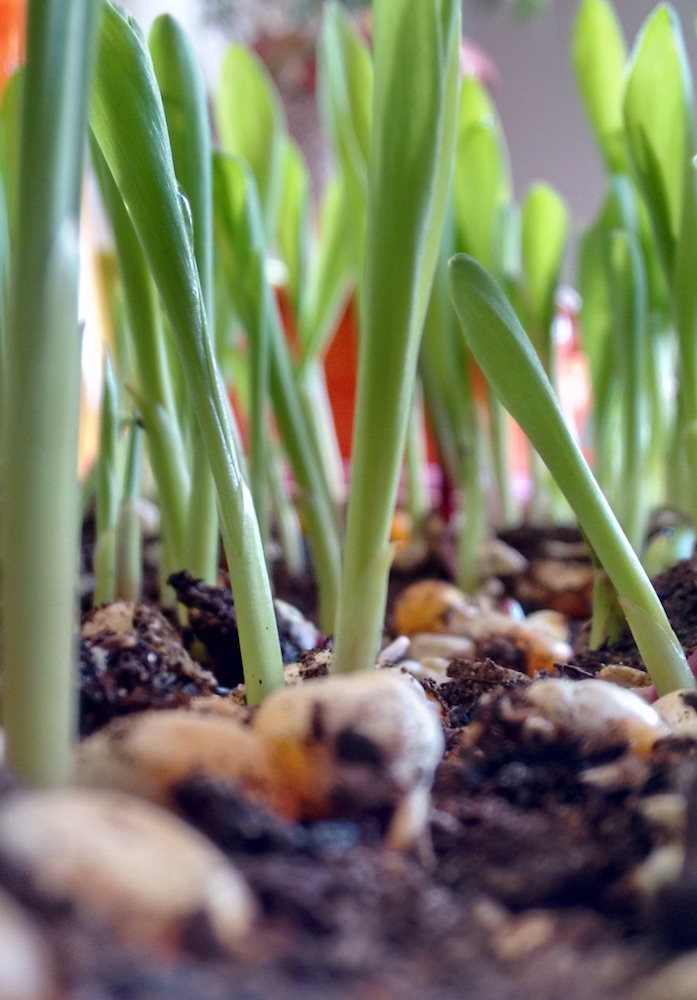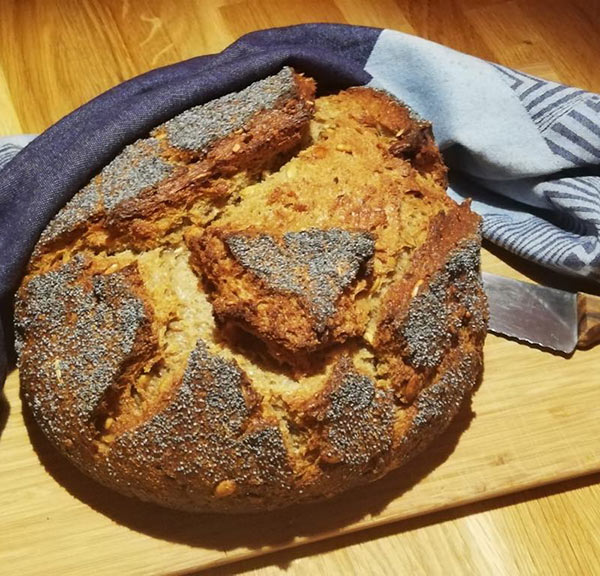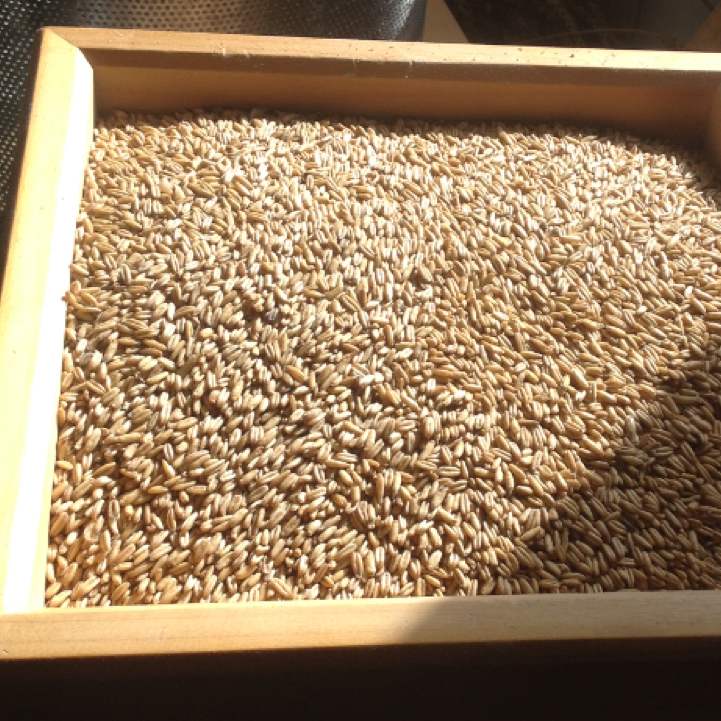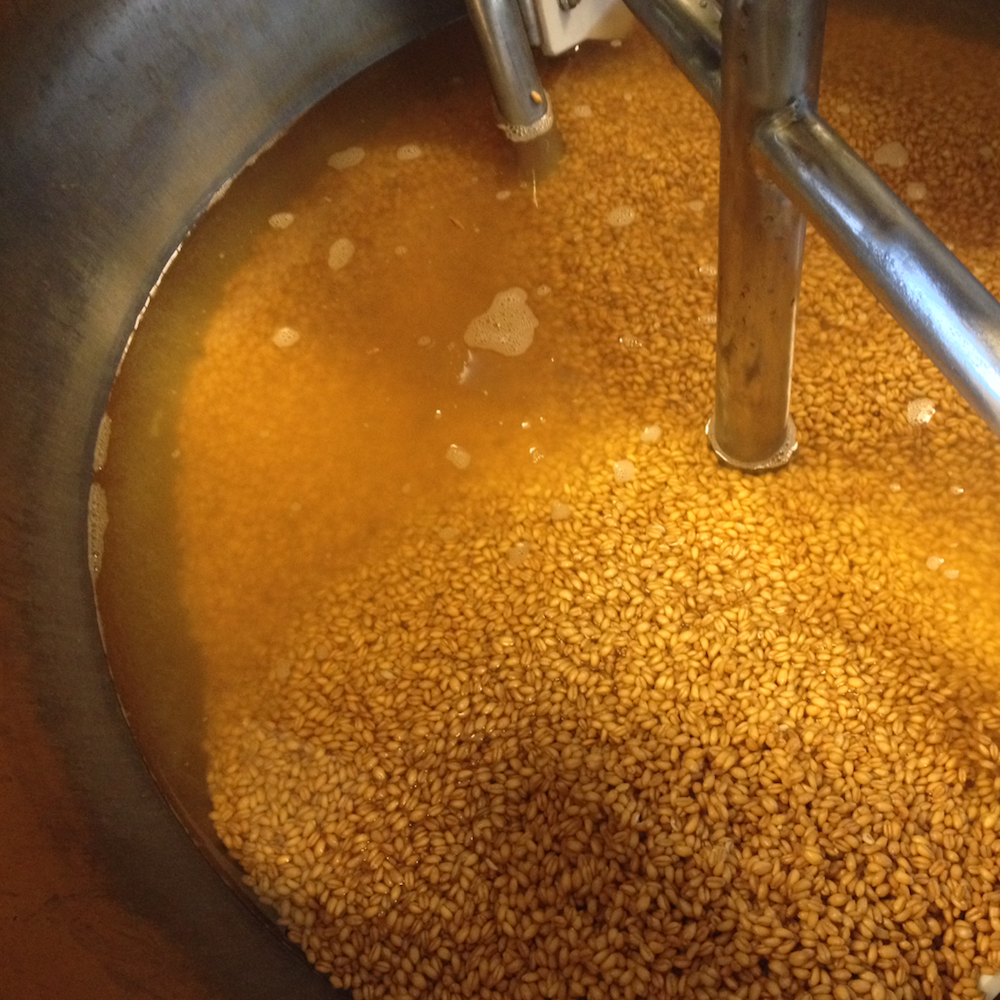
Revitalisation
Historically mankind has never eaten grains and beans “raw”. It has been viewed as bad for your health. In all seeds, the nutrients are tightly bound, to protect the seed until it is time to sprout. The minerals are simply not accessible for us to absorb. With the help of water, heat and time the resting enzymes and microorganisms are activated. By this, the essential nutrients are unlocked and become available for the body to absorb.
The most common methods today is soaking, germination, malting and different fermentation techniques, such as sourdough. HiG uses a hydrothermal process (soaking, heat and time) to revive grains, legumes and other seeds with a high natural content of micronutrients.
Thousands of years of Traditions
Populations all over the world have for thousands of years been using different preparation techniques for whole grains. Traditional techniques included moisture- and/or heat treatment, pounding and grinding. The moisture and heat treatment softened the seed and the pounding loosened the husks from the kernels. This was necessary with the older varieties because they had husks; einkorn wheat, emmer wheat, spelt wheat, barley and oats. All sorts of porridge grains were pounded; barley in Europe, rice in East Asia and millet wherever it was grown.

Hydrothermal technique
HiG uses a hydrothermal process (soaking, heat and time) which has been developed from reliable techniques that dates back several thousands of years. We soak whole grain seeds or legumes and acidify to help nature on its way. Then over time, things start to happen. The seeds release their bind of the essential nutrients. The grains are then dried at a low temperature. This is a gentle and hygienically safe process. The method has been verified and documented for several years to give the best possible access to natural minerals.
After the hydrothermal treatment, the body can more easily absorb the nutrients such as minerals. This treatment also make flour and grains easier to use when making
porridge, gruel, waffles, pancakes, pastry, soups, smoothies, bread etc. Many varieties of grains and legumes can be used, each one with its specific taste that also becomes richer with the treatment.
Nutrition dense primary products
Soaking
Dry steeping
Drying
Grinding and packing

Other methods
Other methods to revive the seeds and activate their own enzymes and microorganisms are germination, malting and different fermentation techniques such as sourdough. These methods are also tried, tested and well documented in research. In addition to improving the usage of nutrients, they all have different advantages and applications. As an example the amounts of folic acid and vitamin C are increased in germination and malting. Fermentation enhances the flavours and increases the durability in e.g. sourdough and bean based products like Miso or Tempeh.
All these methods are referred to as bioprocessings. They increase the availability of nutrients in the meals and the selection of products from grains and legumes.
Phytate
When spring arrives, the seeds use minerals and vitamins to grow. The same nutrients we want to release using the hydrothermal process. Up to 90% of the phosphorus in the seeds, that gives the growing sprout energy, is stored and protected by phytic acid. Minerals like iron, zinc, calcium, magnesium and manganese are bound to the phytic acid. These phytate mineral complexes make it difficult for the body to absorb the minerals. The amount of phytate in the meal has an effect on the bioavailability of minerals in the entire meal, including other food sources. In that way, phytic acid is the most potent so-called “anti-nutrient” existing in our daily food.
In seeds enzymes, phytases are present that can be activated to release the minerals. Several studies have shown that soaking, germination, malting, fermentations, such as sourdough,will reduce the phytate.
This means that the minerals become available, and depending of the need of the individual, the absorption of iron, zinc, calcium and other minerals will increase, up to threefold. In untreated seeds, phytases can remain when consumed. There is insufficient documentation how these enzymes are conducive to the digestion process in the intestine. The enzymes are destroyed if treated with moisture and high temperatures, like steam.



